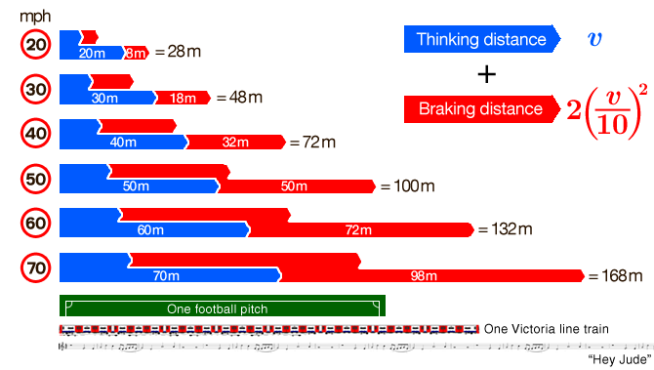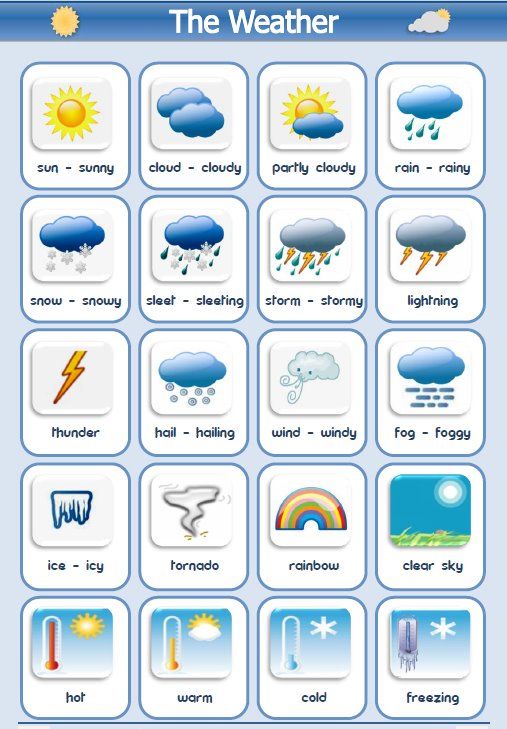Home > Sections > Energy > Weather Conditions & Braking Distances
Last Updated: 14th June 2023
ARCHIVED ITEM: this page is no longer updated.
Weather Conditions & Braking Distances
Keywords
Weather, braking, distance, conditions, inclement, vehicles, driving, spillages.
Introduction
In this modern day, we all use a vehicle. Whether it is to drive to work, or be driven in somewhere, we end up going out in them and we love it. But what about when you have to stop the vehicle? What affects the braking distance when you stop?
Factors Affecting Braking Distance
Let's use a car for an example.
There are several factors that affect the braking distance of a car. If you're driving down a road, and the road has no issues you will have a normal braking distance. This distance gets longer, the faster you drive the car.
A car travelling at 30mph will have a braking distance of around 46 metres. This is based on a reaction time of 2.5 seconds.
However, driving at 70mph, the car will have a braking distance of 149 metres. Again, based on the criteria above.
But this is just in the dry. What if there are factors around this that make the conditions worse?
Interesting fact: a good instinct when driving is to watch the car in front. Pick a point, and if it takes you more than 2 seconds to get to that point from the moment the car in front left it, you should have enough distance to stop.
Factors Affecting Driving
There are several factors that can affect the braking distance. They include:
- weather conditions - rain, snow, fog
- time of day - whether it is night or day
- spillages - there could be oil on the road
- tyre pressure
- tyre degredation - how much tread is left on the tyre
- you - if you're not feeling well, or you're tired
All of these factors can change at any given moment, while others may be constant. There are probably more factors that I've missed off that list, but you get the picture.
Here is a YouTube video from KwikFit about braking distances:
Braking Distance
The distance at which you stop is important. Why is this? Well, the obvious answer is because the car needs to be able to stop in time. If it can't, then there's going to be an accident. Which means an insurance claim going one way or the other, and a lot of trouble for anywhere between 6 months to a few years.
End Note
We know that different factors affect the braking distance of the car. Weather, you, the car and other factors will mean that you have a different braking distance to other cars on the road. We know that weather inclement can have an adverse effect on the car and braking distance, and we know that perfectly dry conditions (while rare in the UK) provide the best opportunity for stopping the car.




 Energy Resources
Energy Resources

